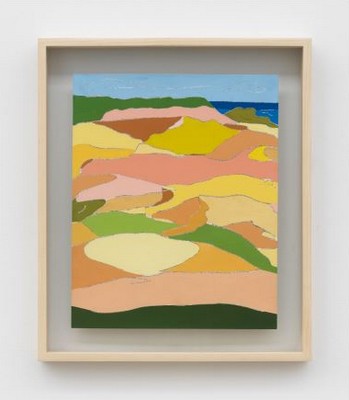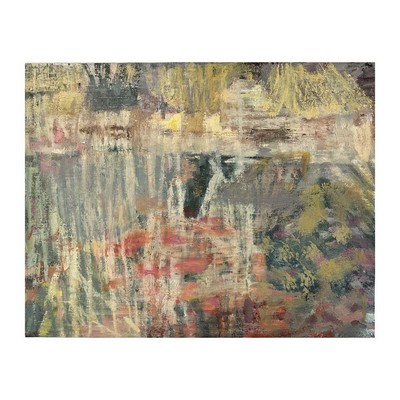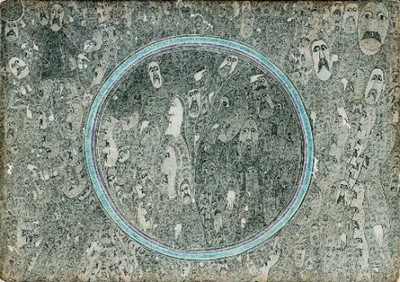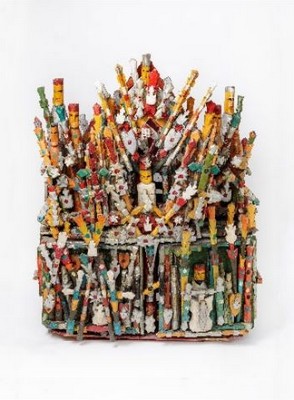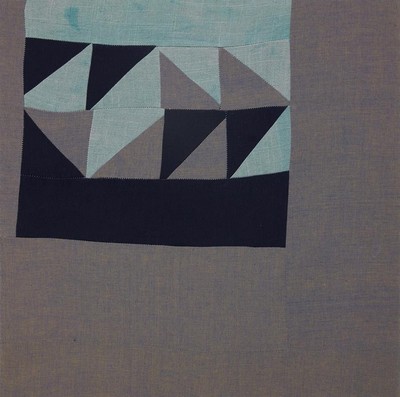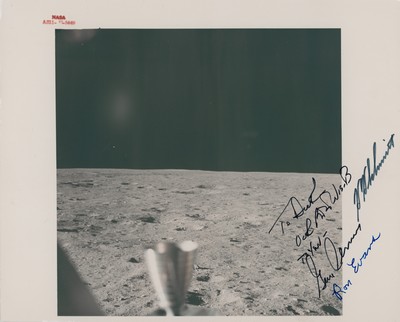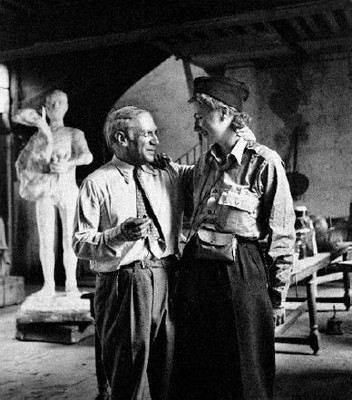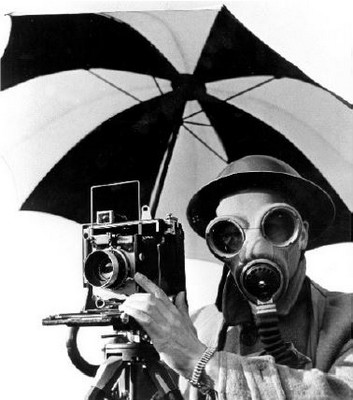Karolina Krasouli: Arodo
Grey Noise, Dubai
September 18 – November 7, 2023
Karolina Krasouli presents a series of new and old works, paintings, drawings, sketches and photographs. Whether in painting, photography, or film, her works explore the intersection of abstraction and figuration. Through a process of reading and writing, she extracts a set of operations for ‘rewriting’ meanings and sensations, seeking to invent a novel language. Central to her work is the attempt to toss together different fragments, forms of which are both formally and conceptually inspired by her collection of books, papers and envelopes. Through the representation of optical phenomena related to memory and language, the use of color and light replace the role and functions of the written and the spoken word, thus resulting in different modes of verbal address. These works are produced in meditative-like process reached through repetition, prolonged to an extent that they contain time. Most of them are detached from any recognizable references to the physical world. The viewer may stand in front of them as in front of a visual field, creating continually a different relationship between proximity and distance.
The exhibition Arodo (which borrows its name from a nautical term used for the temporary stop of a ship outside a port, at the open sea due to bad weather) is conceived as the outcome of moments of stillness, contemplation and the passage of time beyond words that inhabit the works.
KAROLINA KRASOULI
Born 1984, Athens, Greece / Lives and works in Athens, Greece
Following her studies in Clinical Psychology (Greece and France), Karolina Krasouli obtained a Master’s in Fine Arts at the École nationale supérieure des Beaux-Arts in Lyon, in 2014. Whether in painting, photography, or film, her works explore the intersection of abstraction and figuration. Through a process of reading and writing, she extracts a set of operations for ‘rewriting’ meanings and sensations, seeking to invent a novel language. In 2015, she co-founded Alfabeto, a group for theoretical and practical research on the concept of transmission in art; Alfabeto organised a series of lectures and exhibitions at the French Academy in Rome. Krasouli received a two-year fellowship for a residency at the Cité des Arts in Paris (2015) and a fellow of the Stavros Niarchos Foundation’s Artist Fellowship Program, Artworks (2019). From January to March 2022, she was artist in residence at the Delfina Foundation in London.
Her work has been exhibited at Gallery of the Municipality of Athens, Athens, Greece (2023) / Cité Internationale des arts, Paris, France (2023) / One Minute Space (OMS), Athens Greece (2023) / Kalfayan Galleries, Athens, Greece (2023) / Embassy of Greece, London (2022) / Paris Internationale, Paris, France (2022) / Phenomenon 4, Phenomenon Association and Kerenidis Pepe Collection, Anafi, Greece (2022) / Seccma Trust, Athens, Greece (2022) / Two thirds art project space, Athens, Greece (2022) / Callhirrhöe, Athens, Greece (2022) / Archaeological museum of Agios Nikolaos, Crete, France (2021) / City of Athens Arts Centre, Parko Eleftherias, Athens, Greece (Promise, solo exhibition, 2021) / Mega Livadi, Serifos,Greece (2021) Eleftherias Park, Athens, Greece (2020) / La vitrine, Frac île de France, le plateau, Paris, France (Bring me the sunset in a cup, solo exhibition, 2020) / Gabriella, 3 137, Athens, Greece (2019) / Daily Lazy et Kunstraum am Schauplatz, Vienna, Austria (2019) / Frac Bretagne, Rennes, France (museum collection exhibition, 2019) / Pauline Perplexe, Paris, France (2018) / Daily Lazy, Athens, Greece (2018) / galerie Nicolas Sillin, Paris, France (2017) / galerie Eva Meyer ( 2017) / Galerie Raymond Hains, Saint-Brieuc, France (A thousand hours, solo exhibition, 2016 / Biennale de Rennes, France (2016) / La Tôlerie, Clermont-Ferrand, France (2016) / 60e Salon de Montrouge, Paris, France (2015) / Villa Medici, Italy (2015) / Le Creux de l’Enfer, Thiers, Austria (2015).
GREY NOISE
Unit 24, Alserkal Avenue, Street 8, Al Quoz 1, Dubai


